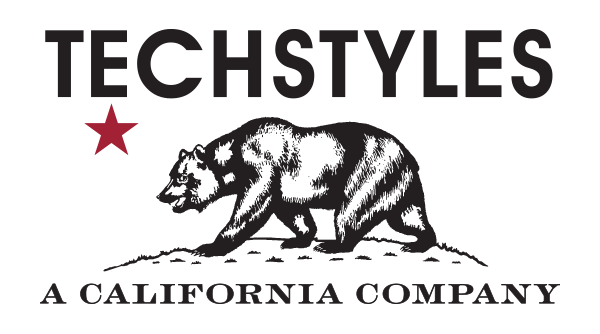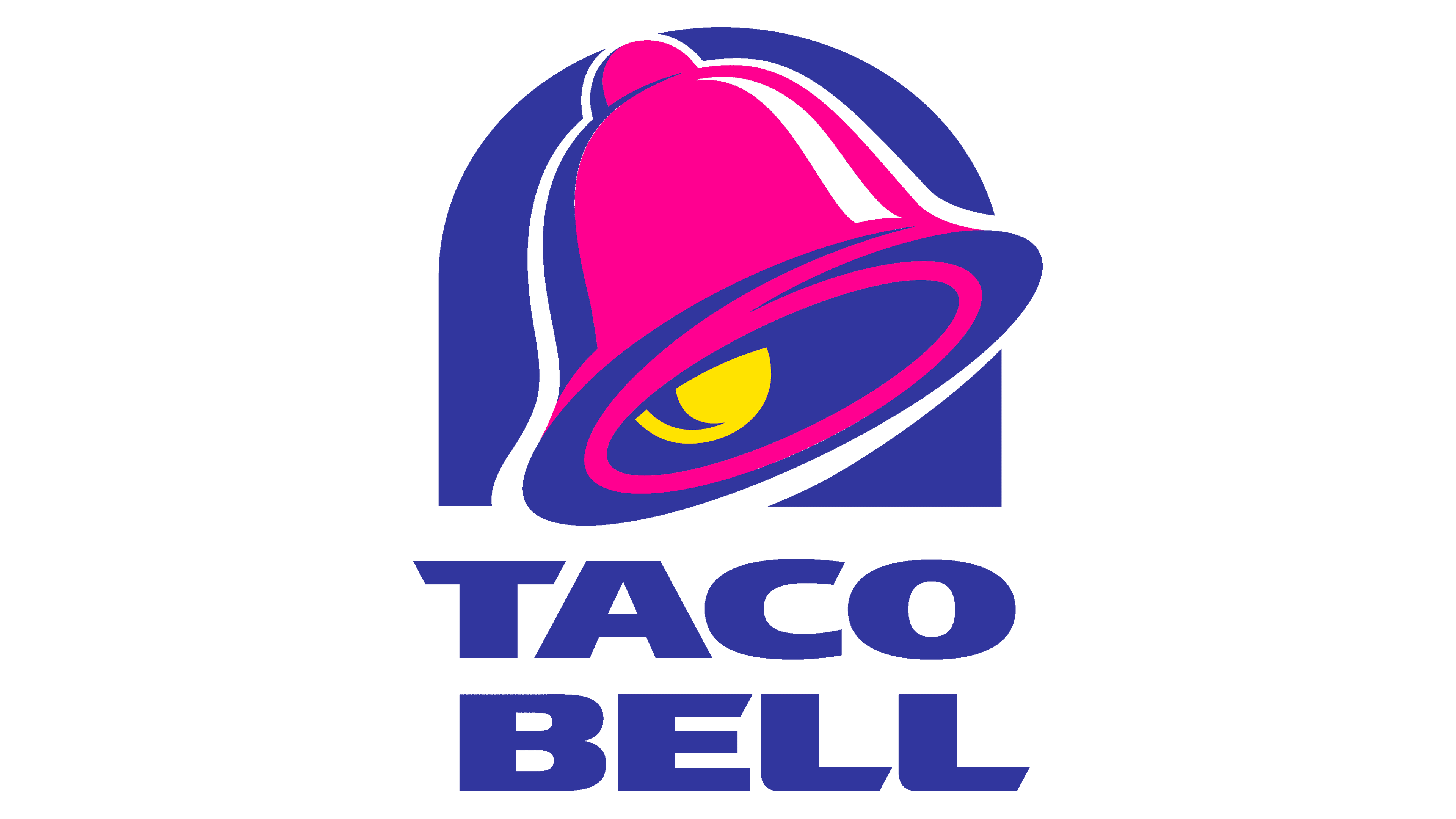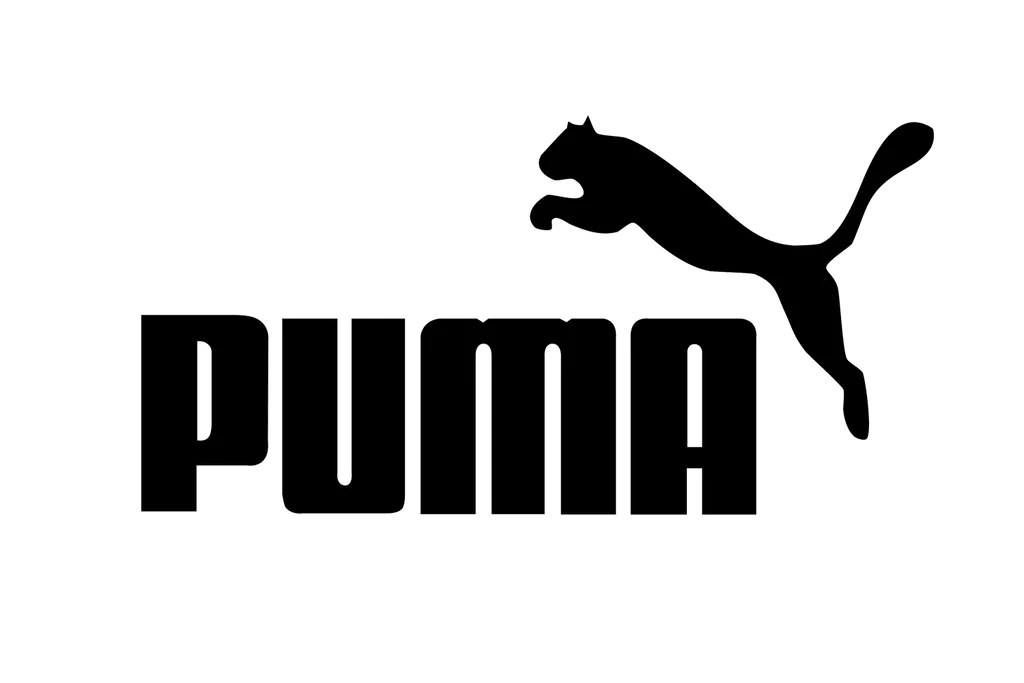GARMENT DYEING REFERS TO THE PROCESS OF DYEING FINISHED GARMENTS, AS OPPOSED TO DYEING THE FABRIC BEFORE IT'S CUT AND SEWN.
Garment dyeing takes place in our Los Angeles Factory, where finished garments are sent to a dye plant to be immersed in a dye bath, processed in a spectrum of colors to fulfill customer requests. Typically constructed from PFD (Prepared For Dye) fabric, this method, also known as "just-in-time dyeing," is celebrated for its adaptability. It empowers clients to finalize color decisions later in the production cycle, allowing for a more dynamic response to market trends. Additionally, garment-dyed items come preshrunk, which notably reduces return rates. This technique is particularly advantageous for crafting custom garments for specific events, swiftly replenishing stock to meet demands for certain colors and styles, and efficiently managing inventory to minimize surplus at season's end.
Key benefits
- Requirement of smaller dye lots.
- Agility to adapt color choices swiftly in line with market demands.
- Instant "lived-in" appearance and feel garments possess straight off the shelf.
- Empowers clients to finalize color decisions later in the production cycle, allowing for a more dynamic response to market trends.
- Garment-dyed items come preshrunk, which notably reduces return rates.
- Advantageous for crafting custom garments for specific events.
- Swiftly replenishing stock to meet demands for certain colors and styles.
- Efficiently managing inventory to minimize surplus at season's end.













































































EUPHORIC COLORS' ICONIC GOWN RETROSPECTIVE
Garment dyeing process takes place in our Los Angeles Factory, the finished garments are sent to a dye plant to be placed in a dye bath and processed in any variety of colors to match the customer's request. Garments are normally constructed from PFD (prepared for dye) fabric for this purpose. Also known as "just in time dying," garment dyeing is popular for its flexibility. This allows clients to make decisions about the colors offerings later, which means it can be more tailored to the changes in the market place. Garment-dyed goods are also preshrunk, reducing returns. Useful for creating custom garments for specific events, quick stock to respond to demands for particular colors and styles & managing inventory to limit excess stock at the end of the season.
Our services include sample dyeing a variety of fabrics including cotton, nylon, linen, and silk. We use the finest quality commercial dyes available. Reactive dyes are used for cotton, rayon, linen, bamboo, and rayon. Acid dyes are used for silk, nylon, and wool. Disperse dyes are used for dyeing polyester. Colors can be selected from our standard colors, a color swatch can be sent for us to match or we can reference the Pantone color guide system.
We specialize in dyeing fabric in small and large quantities. If you need fabric dyed for production please don’t hesitate to contact us.














